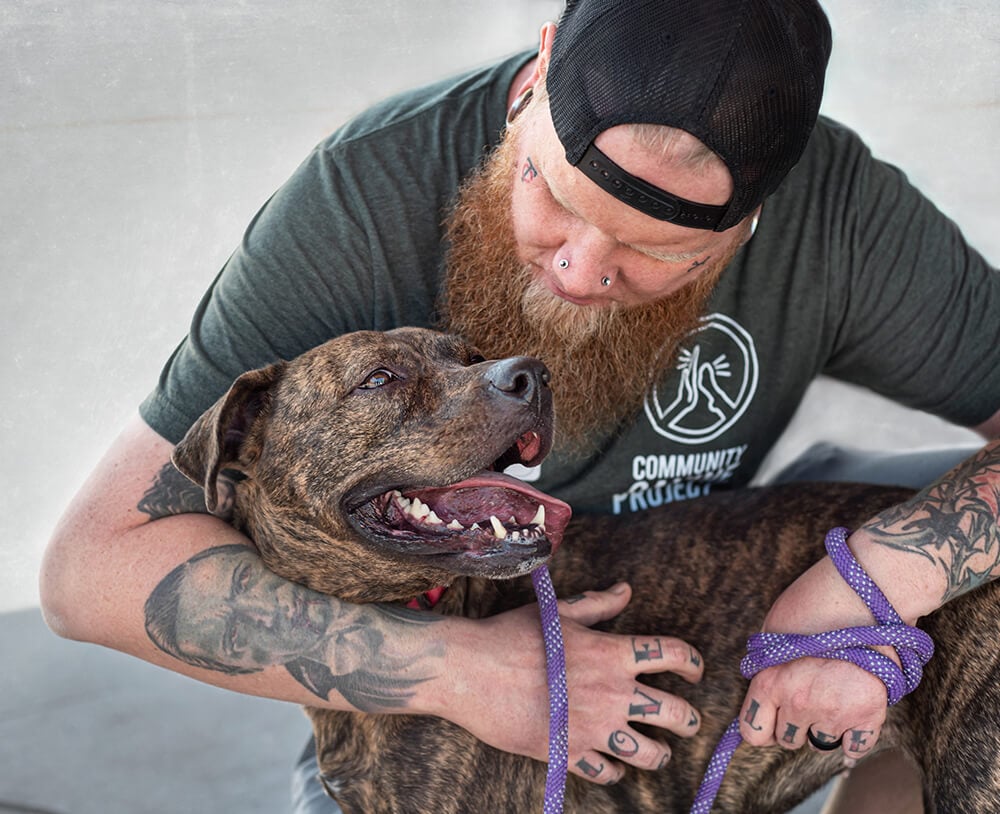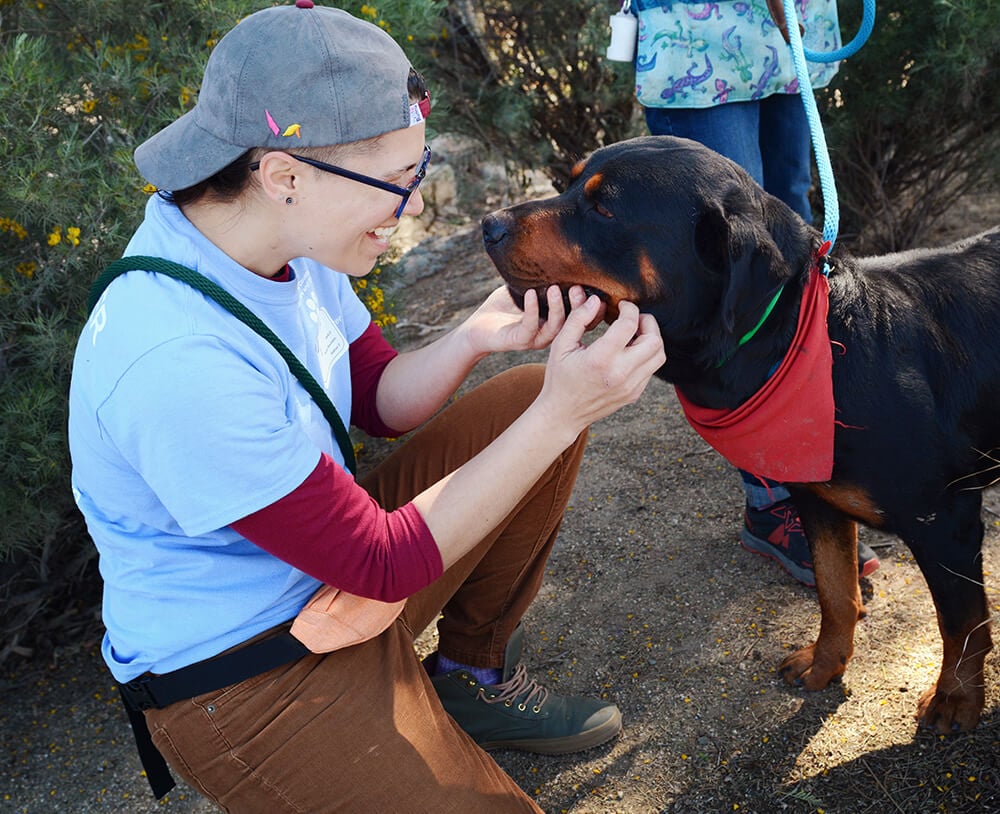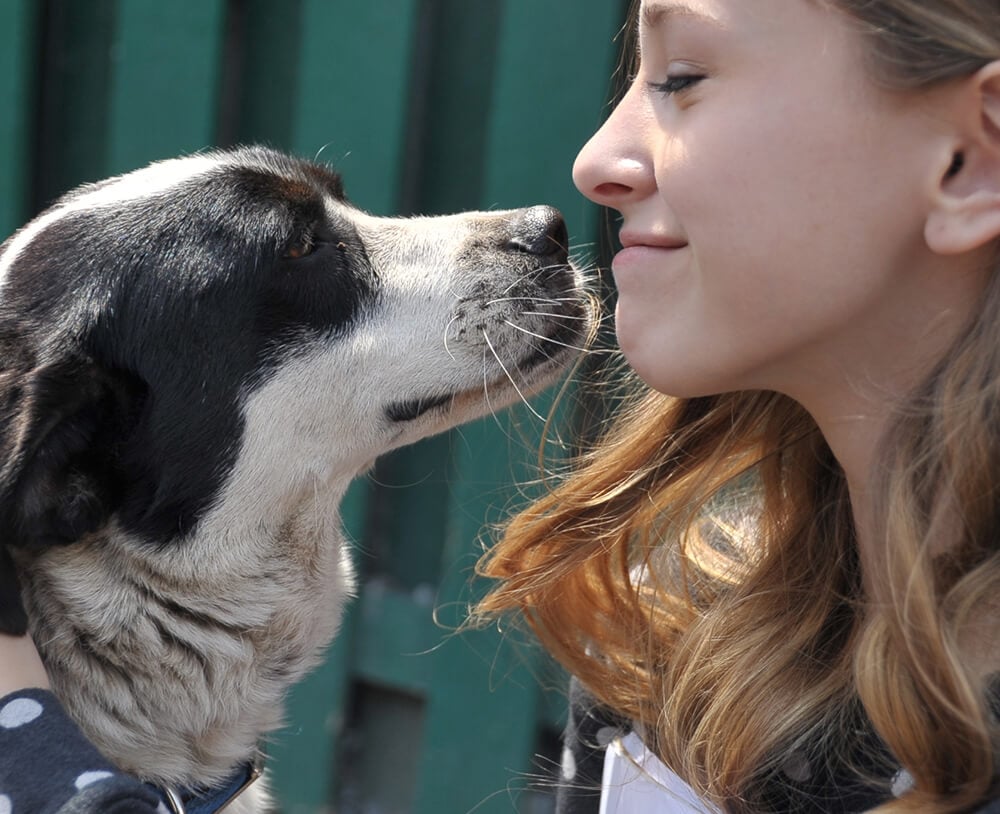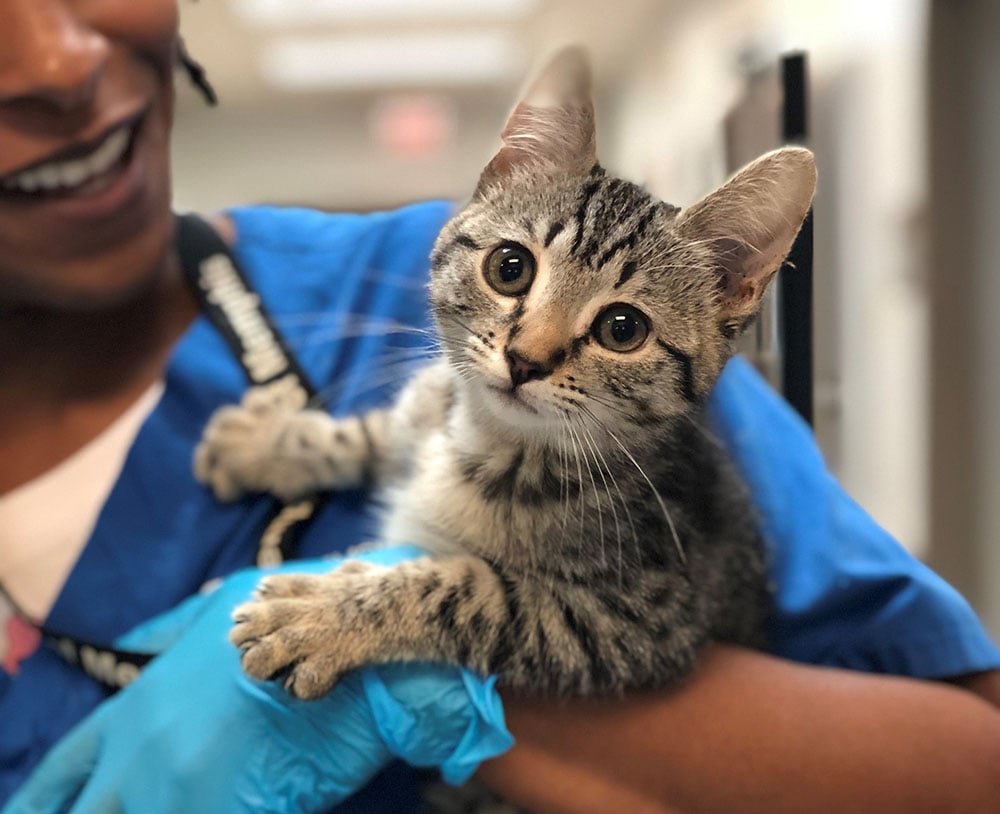PART OF PET SUPPORT SERVICES
HASS Resource Center
The Four Pathways to Implementing
the HASS Model
PART OF PET SUPPORT SERVICES
Social Return on Investment (SROI) in Supporting Human-Animal Bonds Resource Collection
PART OF PET SUPPORT SERVICES
PART OF PET SUPPORT SERVICES
PART OF PET SUPPORT SERVICES
PART OF PET SUPPORT SERVICES
PART OF PET SUPPORT SERVICES
PART OF PET SUPPORT SERVICES
PART OF PET SUPPORT SERVICES
PART OF PET SUPPORT SERVICES
Part of Lost Pet Reunification
Part of Lost Pet Reunification
Part of Lost Pet Reunification
Part of Lost Pet Reunification
Part of Lost Pet Reunification
Part of Lost Pet Reunification
Part of Lost Pet Reunification
Part of Supported Self-Rehoming
Part of Supported Self-Rehoming
Part of Supported Self-Rehoming
PART OF INTAKE TO PLACEMENT
PART OF INTAKE TO PLACEMENT
PART OF INTAKE TO PLACEMENT
PART OF INTAKE TO PLACEMENT
PART OF INTAKE TO PLACEMENT
PART OF INTAKE TO PLACEMENT
PART OF INTAKE TO PLACEMENT
PART OF INTAKE TO PLACEMENT
PART OF INTAKE TO PLACEMENT
PART OF INTAKE TO PLACEMENT
PART OF INTAKE TO PLACEMENT
PART OF INTAKE TO PLACEMENT
PART OF INTAKE TO PLACEMENT
PART OF INTAKE TO PLACEMENT
PART OF INTAKE TO PLACEMENT
PART OF PET SUPPORT SERVICES
PART OF PET SUPPORT SERVICES
Part of Lost Pet Reunification
PART OF PET SUPPORT SERVICES
PART OF PET SUPPORT SERVICES
PART OF PET SUPPORT SERVICES
PART OF PET SUPPORT SERVICES
PART OF PET SUPPORT SERVICES
PART OF PET SUPPORT SERVICES
Part of Lost Pet Reunification
PART OF PET SUPPORT SERVICES
PART OF PET SUPPORT SERVICES
PART OF INTAKE TO PLACEMENT
PART OF INTAKE TO PLACEMENT
PART OF INTAKE TO PLACEMENT
PART OF INTAKE TO PLACEMENT
PART OF INTAKE TO PLACEMENT
Tracking Shelter Foot Traffic Data
Developed as part of the Competitive Pet Placement Project
PART OF INTAKE TO PLACEMENT
PART OF INTAKE TO PLACEMENT
PART OF INTAKE TO PLACEMENT
PART OF INTAKE TO PLACEMENT
PART OF INTAKE TO PLACEMENT




